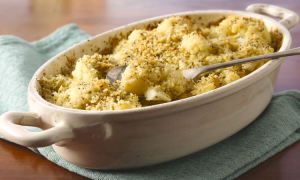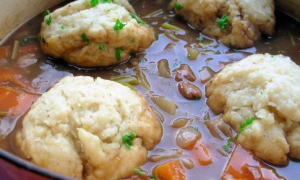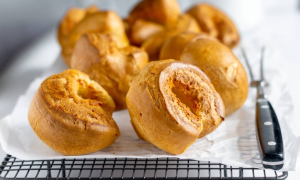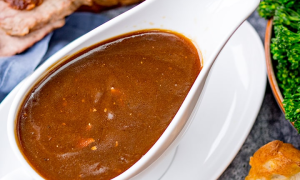How To Make Dumplings Without Suet
Dumplings, those delectable pockets of dough filled with savory goodness, have captivated palates worldwide. Their versatility and adaptability have made them a culinary staple in various cultures, each region boasting its unique dumpling traditions and flavors. From the delicate jiaozi of China to the hearty pierogi of Poland, dumplings offer a culinary journey across borders and cuisines.
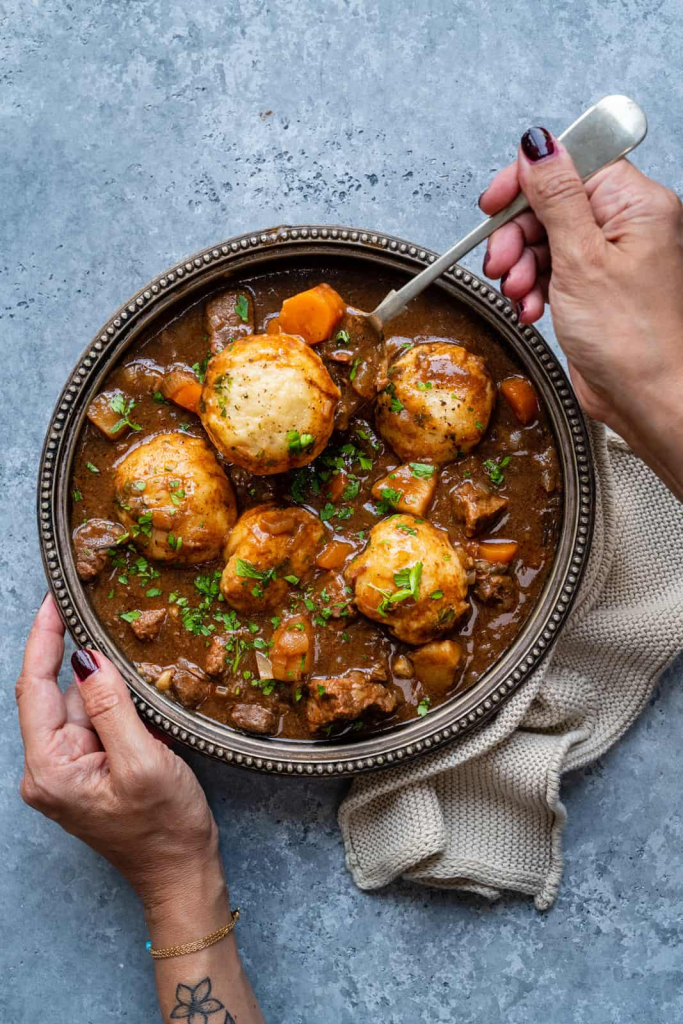
Suet, a hard fat rendered from around the kidneys of beef or lamb, is a common ingredient in dumpling recipes, adding richness and flakiness to the dough. However, for those seeking vegetarian or vegan alternatives, or simply looking for a lighter dumpling option, there are plenty of ways to make delicious dumplings without suet.
Why Do Some People Want To Eat Dumplings Without Suet?
Suet, a type of hard fat rendered from beef or lamb kidneys, is a common ingredient in many dumpling recipes, adding richness and flakiness to the dough. However, some people avoid using suet in dumplings for various reasons, including:
Dietary restrictions: Vegetarians and vegans strictly avoid animal-based fats, so they refrain from using suet in their dumplings.
Health considerations: Suet contains a high amount of saturated fat, which can raise LDL (bad) cholesterol levels in the blood. High LDL cholesterol levels increase the risk of heart disease, stroke, and other health problems. Therefore, people with high cholesterol or those who are health-conscious may prefer to make dumplings without suet.
Taste preferences: Some people simply prefer the lighter taste and texture of dumplings made without suet. They may find that dumplings made with suet are too greasy or heavy.
Calorie reduction: Suet is calorie-dense, adding extra calories to dumplings. Those watching their calorie intake or trying to lose weight may opt for a lower-fat dumpling option.
Cooking technique: Steaming, a common dumpling cooking method, doesn’t require fat in the dough to produce desirable results. The dumplings will still cook through and become soft.
Cultural variations: In some dumpling traditions, suet is not a traditional ingredient. For instance, Chinese dumplings, also known as jiaozi, are typically made with wheat flour and water without any added fat.
Overall, the decision to use suet in dumplings depends on individual preferences and dietary needs. There are many delicious dumpling recipes that don’t include suet, catering to those who prefer a lighter, healthier, or vegetarian/vegan option.
Instructions For Making Dumplings Without Suet
Here’s a simple recipe for making fluffy and flavorful dumplings without suet:
Ingredients: 200g self-raising flour, 115g cold unsalted butter, cut into small pieces, 3 tablespoons cold water, plus extra if needed
Equipment: Mixing bowl, Fork, Tablespoon, Large pot with boiling water, Slotted spoon, Plate or serving dish
Instructions:
Make the dough:
a. In a mixing bowl, combine the flour and butter.
b. Use your fingertips to rub the butter into the flour until it resembles coarse crumbs.
c. Gradually add the cold water, one tablespoon at a time, using a fork to bring the mixture together. Once the dough starts to clump, use your hands to knead it gently until it forms a soft and slightly sticky ball. If the dough is too dry, add a little more water; if it’s too wet, add a little more flour.
Cover the dough with plastic wrap or a damp cloth and let it rest for 10-15 minutes. This allows the gluten to relax and makes the dough easier to roll out.
Form the dumplings:
a. While the dough is resting, bring a large pot of water to a boil. Once the water is boiling, reduce the heat to low.
b. Divide the dough into 12 equal pieces.
c. Roll each piece into a smooth ball, about the size of a golf ball.
Gently drop the dumplings into the simmering water. Avoid overcrowding the pot; you may need to cook the dumplings in batches.
Cover the pot and let the dumplings simmer for 10-12 minutes, or until they are cooked through and float to the surface.
Use a slotted spoon to remove the dumplings from the water and drain them on a plate.
Serve the dumplings immediately with your favorite stew, gravy, or sauce.
Can I Use Margarine Instead Of Suet?
Yes, you can use margarine instead of suet in dumplings. Margarine is a plant-based fat that is similar in consistency to suet. It will give your dumplings a similar flavor and texture.
In general, you can substitute margarine for suet in a 1:1 ratio. That is, if a recipe calls for 1 cup of suet, you can use 1 cup of margarine. However, you may need to adjust the amount of liquid in the recipe depending on the type of margarine you use. Some margarines have a higher water content than others.
Here are a few tips for using margarine instead of suet in dumplings:
- Use cold margarine. Cold margarine will help to create a flaky crust.
- Cut the margarine into small pieces before adding it to the flour. This will help it to distribute evenly throughout the dough.
- If the dough is too dry, add a little more liquid. If the dough is too wet, add a little more flour.
- Work the dough as little as possible. Overworking the dough will make it tough.
- Let the dough rest for at least 30 minutes before rolling it out. This will help the gluten to relax and make the dough easier to work with.
- Cook the dumplings in a simmering liquid. Do not boil the liquid, as this will make the dumplings tough.
- Serve the dumplings immediately. They will be most flavorful when they are fresh.
- With a little care, you can use margarine to make delicious dumplings that are just as good as those made with suet.

